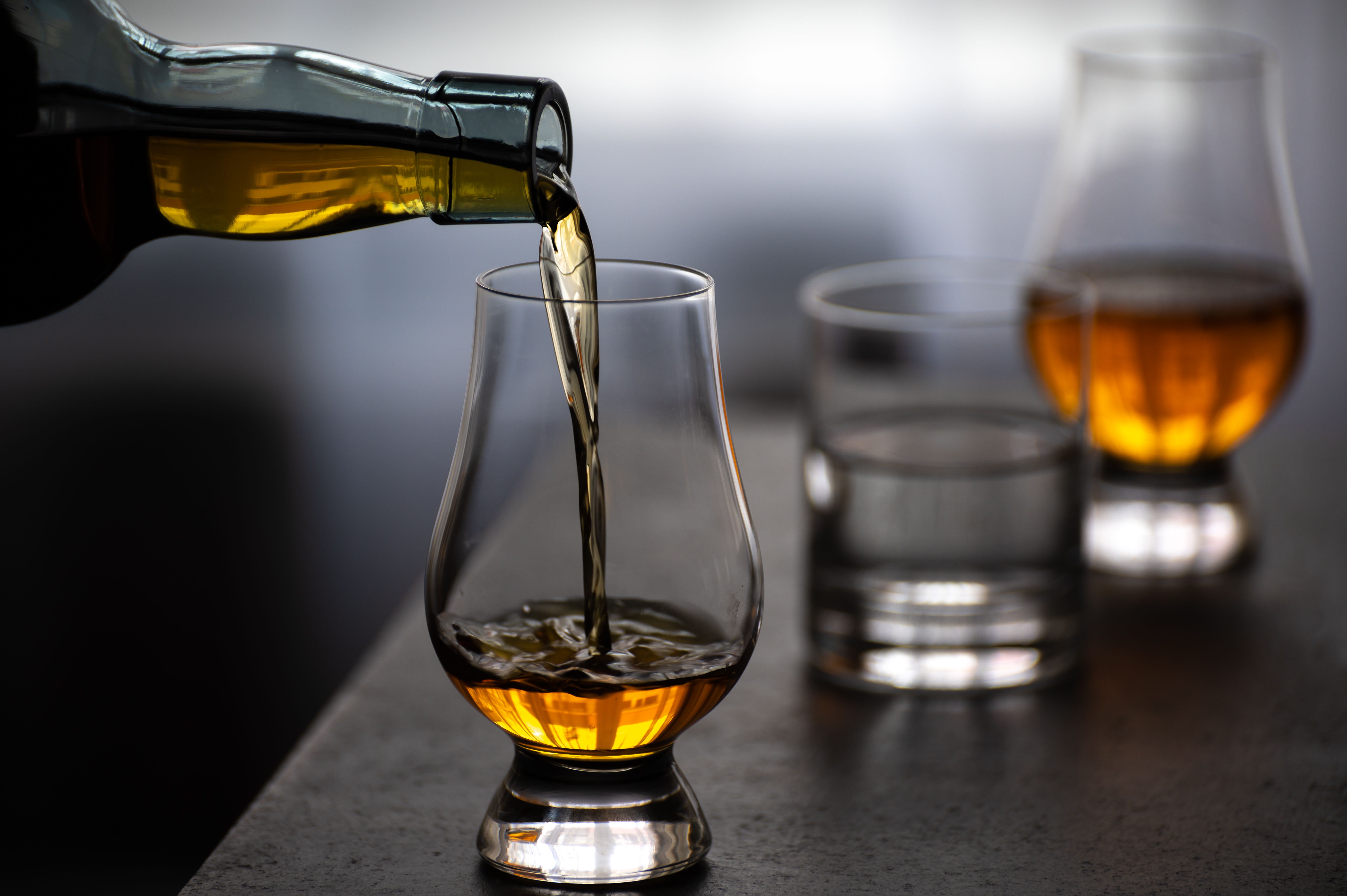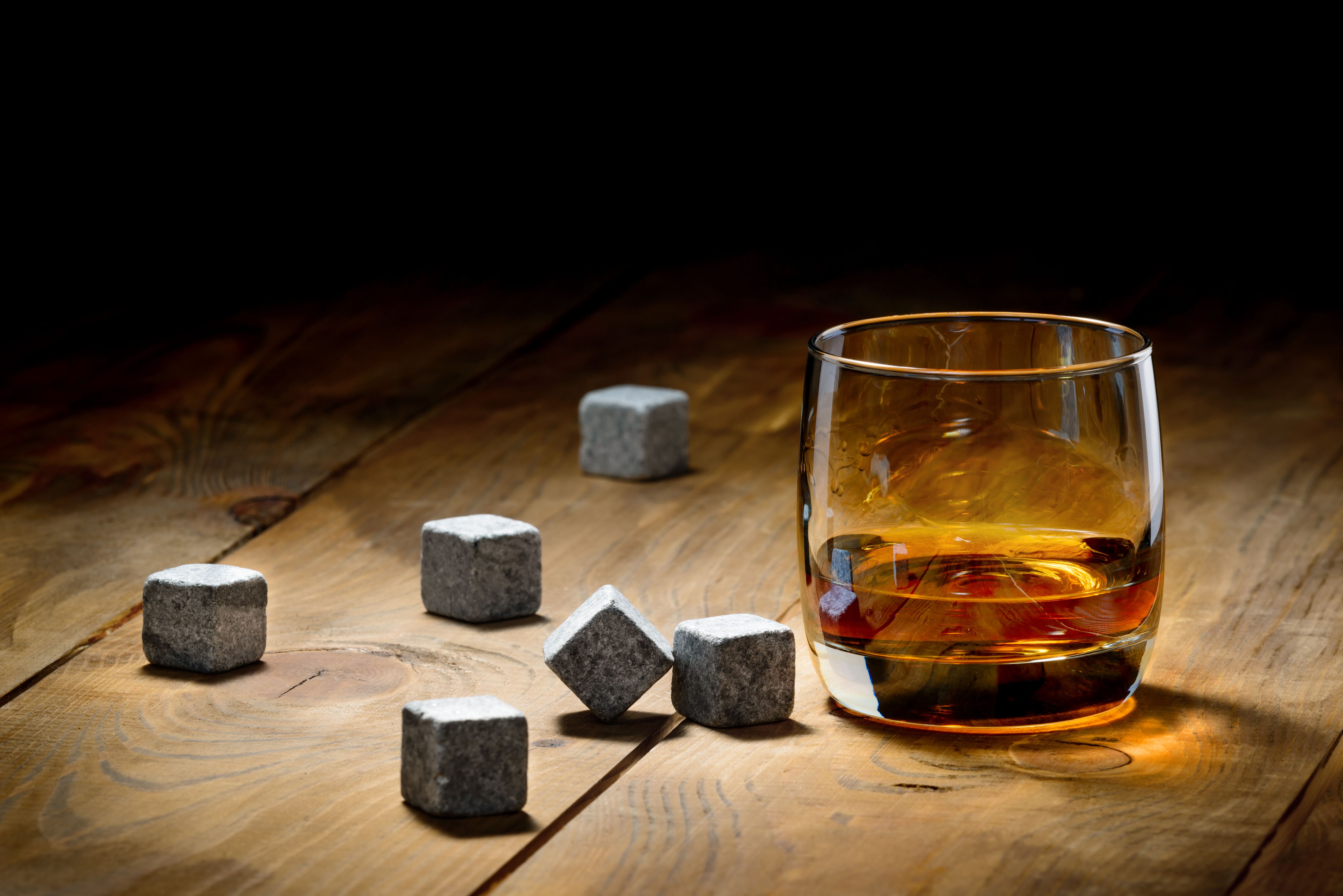
How to Drink Whisky – Water & Whisky: The Great Debate (Part 3 of 4 in Our Ultimate Guide Series)

Victoria O'Brien
Head of Content at London Cask Traders
Water & Whisky: Drop by Drop
Water is an integral part of the whisky-making process – adding a little more when tasting, can unlock its full flavour.
- Experts often recommend using a pipette to control dilution drop by drop.
The science backs it: chemists have proven water amplifies whisky aromas and reduces ethanol burn.
- Choose your water wisely – to preserve a whisky’s integrity, match it with plain tap or the right mineral water.
- Each whisky reacts differently – start neat, then experiment to find your perfect whisky and water balance.
The Origins: Whisky is Water
The word "whisky" derives from the Scots Gaelic uisge beatha, literally meaning "water of life". That's no coincidence – water is a key ingredient and vital force in the whisky-making process. Far from an afterthought, water influences the flavour of whisky in every stage of its production, from mashing to fermentation and finally dilution before bottling.
What is clear: water affects the flavour of whisky before it even hits the cask.
Whisky distilleries in Scotland have long recognised the importance of local water sources, with many choosing sites near pure, soft water to create specific flavour profiles.
For example, Glenturret Distillery uses water sourced from Loch Turret, known for its soft water, to help create a smooth and refined character in their whisky. Similarly, Islay distilleries use water that’s rich in peat, which can impart a unique earthy, smoky flavour associated with whiskies from the region. This highlights the profound impact water can have on whisky’s taste before even reaching the glass.
Why Add Water? Because the Science Says So ...
Adding water to whisky might seem like a questionable practice, especially when dealing with a carefully crafted spirit which, after bottling (unlike wine), is famously inert.
However, scientific research has proven that adding water can significantly enhance whisky’s aromatic profile and release more complex flavours.
In fact, in 2017, two Swedish chemists, Björn Karlsson and Ran Friedman, wrote a significant research paper on the subject, confirming what many whisky experts had long suspected: that adding water helps break down alcohol molecules, allowing essential flavour compounds to be released into the air.
- Adding water is not about diluting whisky; it’s about unlocking its full potential. When water is added it decreases the alcohol’s sharpness, enabling more subtle notes to emerge.
- Water can reduce initial "whisky burn", allowing you to fully taste and appreciate the depth and variety of flavours.
- It's scientific fact - water amplifies whisky aromas by increasing the concentration of certain compounds. Science supports the practice of using water with whisky, revealing flavours that might otherwise be lost at higher alcohol percentages. (Sources: Scientific Reports, Smithsonian Magazine, The Guardian).

How to Add Water (Without Ruining It)
Just one drop of water can change the composition of your whisky. Adding water should be done with care – not to dilute, but to unlock flavour. Use a pipette or teaspoon to control each drop and avoid overpowering the whisky.
- Start neat – taste it first to understand the base flavour before adjusting.
- Use room-temperature water (18–23ºC) – cold water can dull the whisky’s complexity.
- Add slowly – drop by drop, tasting as you go to track how it changes.
- Find the balance – enough to open up the whisky without muting its character.
Pro tip: Most professional tasters recommend diluting whisky to water by no more than 20% (ratio of 5:1), as this still allows for the complex flavours to stand out.
Not All Water is Created Equal
Choosing the right water is just as important as choosing the right whisky.
When tasting whisky in a professional environment, it's worth noting that water with a high mineral content can overpower delicate whisky flavours.
The purity of water is essential in preserving the integrity of any fine whisky (but don't assume this means expensive bottled water – most experts agree, especially when tasting in situ, Scottish tap water is ideal!).
The presence of certain minerals, like calcium or sodium, can make whisky feel heavier and mask subtler notes. Filtered, soft water with low mineral content is ideal because it allows the whisky’s natural flavours to shine through without interference.
- Avoid mineral waters, especially those high in sodium – the mineral content can alter a whisky’s flavour in ways that may not be desirable (Source: whiskymag)
- Opt for neutral water with a low mineral content and a neutral pH.
- Filtered water, which has fewer impurities, or water from a local spring, is often the best choice.
Pro tip: Obviously, pairing whisky with the original water source it was made with makes sense. Uisge Source (uisgesource) offers three different waters specifically bottled to mirror water used in individual distilleries, from a similar source and region – choose from Islay, Highland or Speyside.
Whisky, on the Rocks?
The debate over adding ice to whisky is almost as heated as the water debate. For some ice is a sacrilege, while for others, it’s a necessary indulgence.
The key difference with ice is that it not only dilutes the whisky less precisely than water, it also cools it more quickly, which can further mute some of the flavours.
• Ice cubes added to whisky cool it down, but this comes at a cost, diluting whisky’s more subtle flavours.
• Smaller cubes will melt faster, so larger cubes or ice balls are preferred because they allow for a more gradual dilution process.
• Whisky stones are a great choice for those who want to chill their whisky without altering the flavour profile.
• Room temperature is what the experts advise, as it allows whisky to fully express its aroma and flavour profile.
Pro tip: Always taste whisky neat first, then experiment adding water or ice to see how it changes over time.

Water, or no Water - which Whiskies Respond Best?
Some whiskies benefit more from a few drops of water than others. Cask-strength whiskies often require dilution, while older whiskies may not need any.
- Cask-strength whiskies (55–65% ABV) benefit from water to release more complex flavours.
- Peated whiskies soften with water, revealing fruity or floral notes.
Older whiskies (18+ years) need little to no water, as they are already complex.
Time, Water & Patience
Ultimately, adding water to whisky is about enhancing the experience and discovering new facets of the spirit. Whisky is a complex spirit and adding water – if done correctly, and in a measured fashion – can open up layers of flavour you might otherwise miss.

Victoria O'Brien
Head of Content at London Cask Traders
